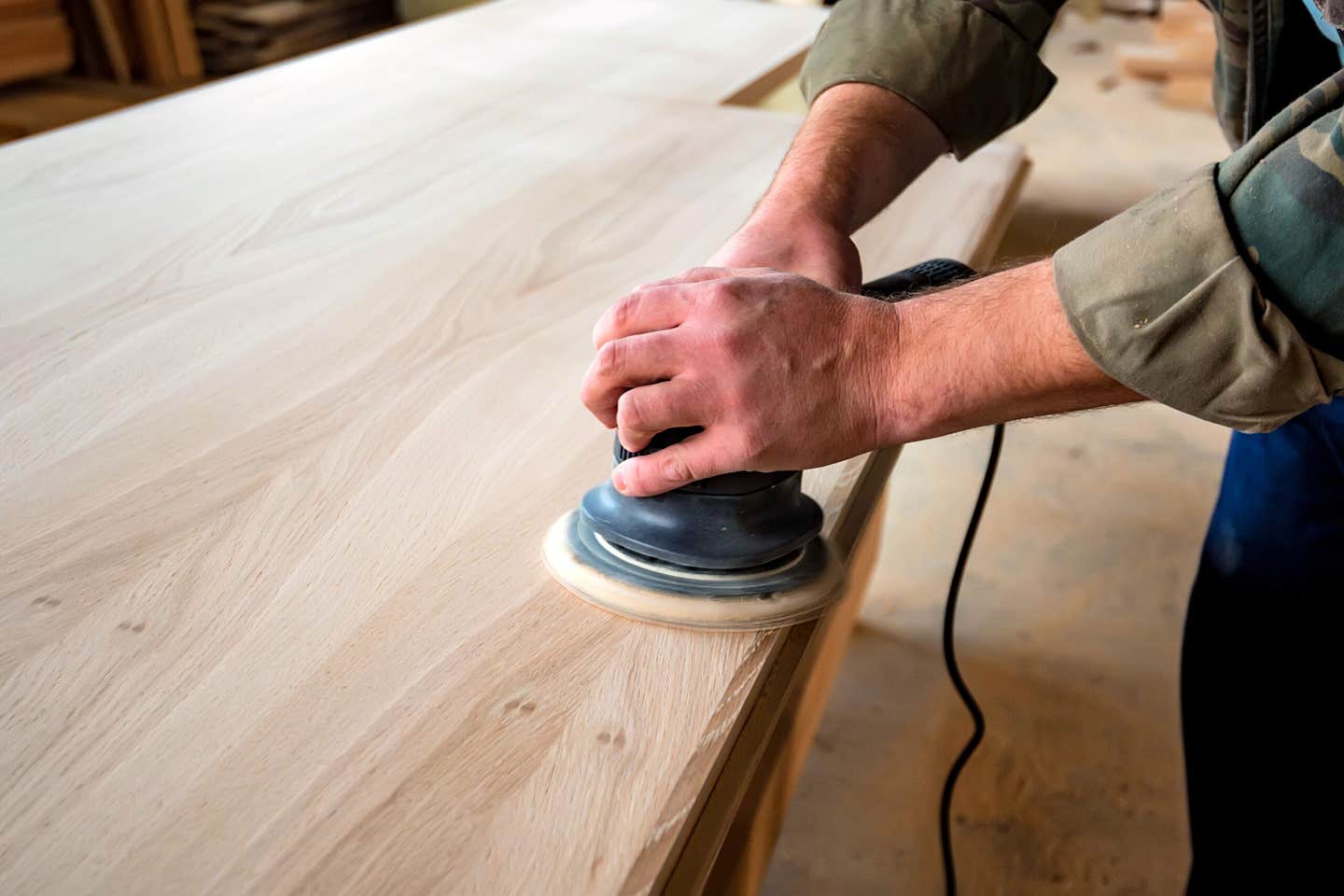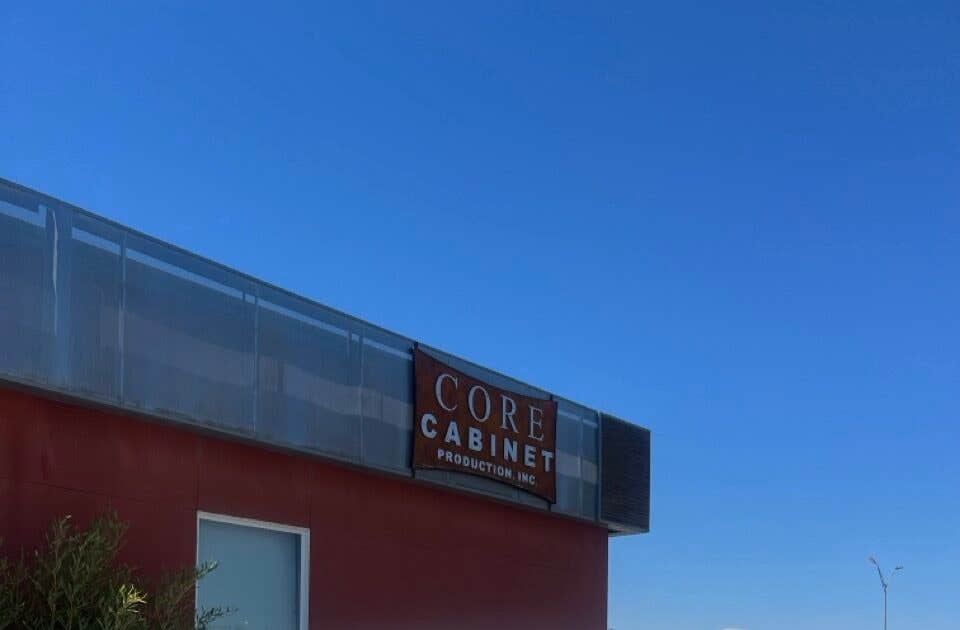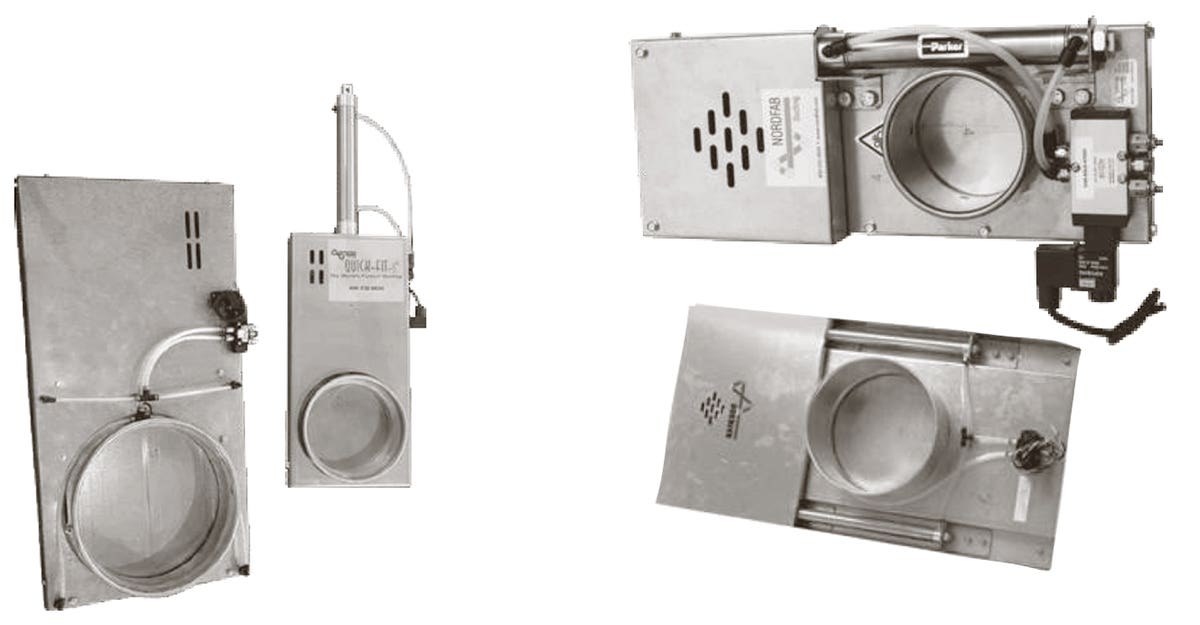Midwest sensibilities
When Rothan Millwork Co. renovated the Peoria (Ill.) City Hall council chambers last year, it was the second time around. About 125 years ago, at the time the landmark was…
When Rothan Millwork Co. renovated the Peoria (Ill.) City Hall council chambers last year, it was the second time around. About 125 years ago, at the time the landmark was built, a Rothan crew fabricated and installed all the wainscot paneling, doors, railings and trim.
“It was a signature job and one that united our past with the present in many ways,” says George J. Rothan, CEO of the Illinois company. George is the fourth generation of the family to run the business and has been joined by his sons, JJ (president) and Chris (vice president).
“My great grandfather, George J. Rothan, started this company 142 years ago and was CEO at the time they did all the original work in the old city hall in the 1890s. When we got the job last year to do the renovation, we couldn’t help but look back and be somewhat proud of it lasting so long. We were all brought up in the woodworking trade, hung out at (the shop) from the time we were kids and learned by osmosis. We all had a choice to not get involved, but we liked what we saw and staying with it seemed the best thing to do.”
The council chambers were gutted and Rothan started from scratch to make the interior new again. This time the mode of operation bore little similarity to that of more than a century ago, as the world has evolved from the Industrial Revolution to the Information Age.
“Thousands of man hours went into the job the first time,” Chris says. “In the old days they used a hand plane and now we use a power molder. Technology has brought us a long way from predominantly hand tools to electric equipment and our indispensable CNC. But then we still have to do some sanding and finishing by hand. That’s a neat thing about this trade; we use both old and new methods to get the look we want.”
Upon completion in four months, Rothan had accomplished its goal — to make the Chambers look like the old 1890s version. The oak wainscot paneling is exactly like that first used, as are the duplicated doors and trim. The company’s 2014 take was around $120,000, versus $18,000 near the turn of the century.
Jobs, jobs, jobs
In its 142 years at the same location in a quiet and aged residential area near the old warehouse district, Rothan has honed its reputation of consistent, dependable quality. It operates mainly in the Midwest states of Illinois, Iowa, Indiana, and Missouri. Peoria (pop. 115,000) offers many potential opportunities; some local projects on which Rothan has imprinted a lasting legacy include the Methodist Medical Center chapel, Caterpillar’s vice presidents’ offices, St. Philomena Church lectern and congregation seating, and Bradley University’s Westlake Hall addition and renovation.
“But we can’t always stay close to home,” JJ says. “On occasion we’ve ventured as far away as California and Massachusetts to do casework for libraries. With our skilled tech department, we have a track record in designing customized cabinets for sports facilities; we’ve fabricated athletic lockers at the University of Missouri and did the interior millwork for Illinois State University’s new recreation facility.”
Currently the company is doing all the casework for Wesley Willows Retirement Community in Rockford, Ill. The 36-unit complex job involves everything from doors and windows to wainscoting and architectural casework in the clubhouse. Recently there’s been a push to finish benches for the Peoria County courthouse as well as a remodel of First Pekin (Ill.) Bank, which had to be completed in less than a month.
Commercial architectural millwork represented about 30 percent of the shop’s $2.2 million take in 2014. Rothan also has a flourishing commercial hardware and hollow-metal door department.
Bidding
Rothan Millwork has a network of hundreds of former clients who might enlist its services again and again. But repeat customers don’t bring in enough work to support the business, so the company often submits bids for advertised projects.
“About 95 percent of our jobs are bid,” JJ says. “We do have favorites when it comes to choosing which ones to bid — universities, hospitals, churches and also banks because they have money and can pay us right away. Caterpillar, with its headquarters in town, is a good client. Profit margin in this business is pretty thin, maybe 5 to 10 percent. Back in the 70s when Dad came on, it was 10 to 20 percent.”
Rothan steers away from fast-food restaurants and big-box stores, since the jobs seldom offer an architectural or artistic challenge.
“The margin of error is slim when it comes to bidding,” George says. “One of the problems we run into is having to come up with a bid before the architectural plans are finished.”
“Since time and accuracy are really important now, we have gone with a software bidding program, Prime 6400,” Chris says. “Before, we did hand takeoffs and spreadsheets. Now we can save time and be more flexible and accurate.”
Because technology has sped things up in the last few years, the Rothans have to work doubly hard to get enough jobs each year to pay their employees, cover overhead and stay profitable.”
“Back when I started, we did three or four big jobs a year, with a few small ones to fill in and that was adequate,” George says. “Now we have to run six to 10 jobs at a time and have to complete them quickly. Millwork is one of the most important stages on any project and the one everyone sees. Project timelines and schedules are tighter than they’ve ever been, so we have to manage expectations in meeting our deadlines.”
The crew
Rothan Millwork values its employees and appreciates their loyalty to the company. Presently, there are 12 carpenters, five techs and an accountant, several of whom have been on staff for at least 15 years.
“Personnel are one of our greatest assets,” Chris says. “It’s getting harder to find qualified carpenters since schools are dropping their woodworking classes, so we have to spend more time training, which adds to expenses. Most young guys know how to use a computer, which is good, but they may not know how to read a tape measure correctly. We’ve been lucky to find one or two who graduated from wood technology schools. They have drive and skills right off the bat.”
“We make an effort to have our carpenters become familiar with every part of the business,” JJ says. “It’s important from a good business standpoint that they understand the whole process and can move smoothly from one station to another.”
Illinois is a strong union state. The Rothan carpenters belong to and receive their benefits from the local union. Carpenters are paid an hourly wage, while the techs are on salary.
Plenty of room
The 20,000-sq.-ft., two-story shop has seen many additions that have created a shell around the old core that dates back almost a century-and-a-half. The wood floor distinguishes the original from the newer add-ons. Left from the past is a sunken area housing the gears and axle used to power machinery during the 1870s and 1880s. A horse, tethered to a vertical post, walked in a circle, turning the axle to generate energy. Electrification considerably modified the whole operation in the 1890s.
The Rothans procure lumber locally from the Chicago area and try to stay with the same vendors. The better acquainted they are, the more likely the supplier will anticipate their needs. Oak, birch, maple, cherry are in common use right now, with white oak becoming ever more popular. Soft maple is a standby for painting, glazing and distressing.
“The panel products we use mostly are veneered MDF or plywood, melamines and composites such as solid surface,” Chris says. “We have to be ever aware of the thicknesses and dimensions of the materials for accuracy when machining. As the technology of our material suppliers increases, so must ours when it comes to fabrication.”
The majority of the first floor is devoted to production. Still in use are machines like a 1920s Yerkes & Finn band saw and two joiners from the same era. Along with the old are newer pieces of equipment like a Mereen-Johnson table saw, Crescent planer, Diehl rip saw, SCMI Superset XL molder and Cosmec Conquest CNC machine.
Also on the first floor is a hollow metal door and hardware division added in 1988.
“JJ has directed the operation from the beginning and it’s been good for our bottom line,” George says. “Our objective in adding this division was to get into a job quicker in order to take money out earlier to finish the architectural millwork. We do have competition in metal doors as well as architectural millwork — three or four companies right here in central Illinois — but that’s good in a way because it levels the playing field.”
The 3’ x 7’ hollow doors are pre-machined and Rothan assembles the frames. Investment in equipment for the operation involved purchasing a Miller welder and chop saw. A fume extractor was installed for the safety of employees to protect from carcinogens emitted during the welding process.
The second floor is partitioned for offices, computer operations and finishing/staging for architectural millwork and melamine cabinets. Finished products on this floor are loaded onto company trucks for shipment to job sites.
Through the generations
The history of Rothan Millwork began in the midst of the Industrial Revolution. George J. Rothan, son of German immigrants, was born in Cincinnati and learned the art of woodworking from his parents. In 1873, at age 21, he struck out on his own, moved to Peoria and established the Rothan Planing Mill. At first he did residential carpentry work and built iceboxes and bar fixtures for the abundant breweries in Peoria, known then as the “Whiskey Capital of the World.” And, of course, he took on the venerable City Hall job.
Prohibition in 1920 forced the company to refocus on residential millwork and restaurant fixtures. After a series of highs and lows, through the Great Depression, recessions and into the 1960s, the company evolved to the residential and commercial millwork that it continues today.
From the first George J. Rothan to the present George J. Rothan, four George Js have been at the helm. As part of the fifth generation, JJ, 48, went to work with his dad in 1988. Besides his obligations to Rothan Millwork, for the last 25 years he’s coached football at Peoria’s Notre Dame High School. The school is a landmark in the city and a fixture in the family’s history — all the Rothans, including JJ, his wife, mom, dad and Chris attended. His son, George, whom he also coached, just graduated and will major in business at JJ’s alma mater St. Ambrose University in Davenport, Iowa.
“Coaching takes more time now than it used to because sports have become so important at the high school level. But it’s been good to have it as an added interest. The whole family has maintained an allegiance to the school and has volunteered a lot of support over the years.”
Chris, 36, attended Bradley University in Peoria and majored in computers and business. He and his wife just welcomed their first child, a son they named Sawyer (Celtic word for “cuts timber, woodcutter”). Sounds good for the future of Rothan Millwork Co. Squint down the road and see a sixth generation of Rothan men — perhaps George and Sawyer — continuing the namesake in a straight line and preserving a historic enterprise built on family loyalty and hard work.
Contact: Rothan Millwork Co., 1200 W. Johnson St., Peoria, IL 61605. Tel: 309-674-5189. www.rothanman.com
This article originally appeared in the October 2015 issue.







